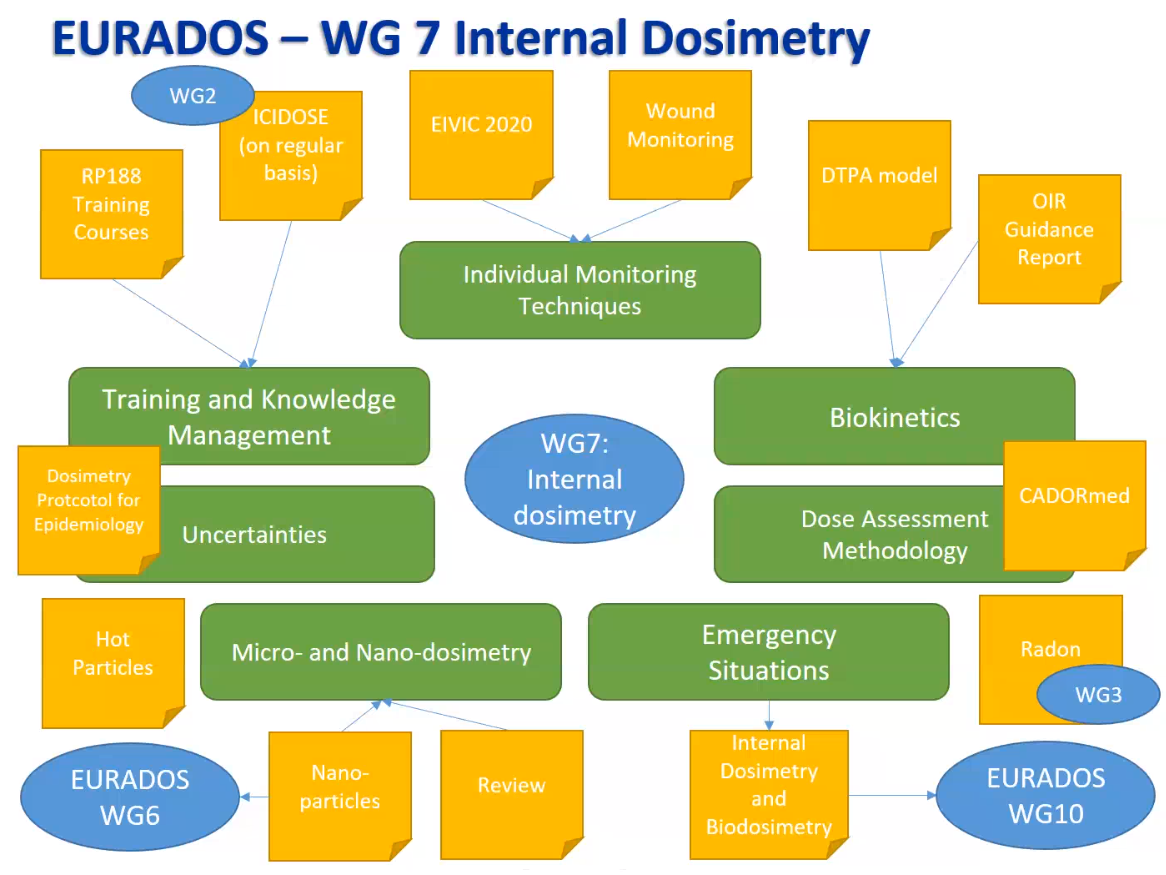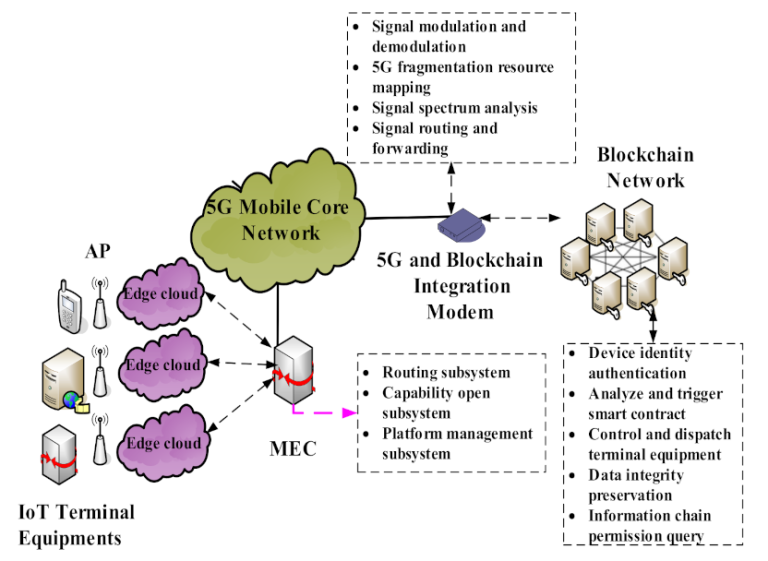All You Need to Know About WG7 Insights into Working Group 7
telcomatraining.com – In the world of international cooperation and standardization, various working groups and committees play a crucial role in shaping the direction of industries and technologies. One such key entity is WG7, or Working Group 7. It serves as a vital player in developing guidelines and recommendations that impact a broad spectrum of sectors. This article delves into the essential aspects of WG7, its purpose, operations, and its contributions to global industries.
What is WG7?
WG7, or Working Group 7, is a specialized committee under the International Telecommunication Union (ITU), a specialized agency of the United Nations. It is part of the ITU’s Telecommunication Standardization Sector (ITU-T), which is responsible for establishing global standards that ensure seamless telecommunication and information communication technologies (ICT) across the world. WG7 focuses on specific technical aspects of telecommunication systems and networks, ensuring that the guidelines and recommendations they propose are universally applicable and meet the evolving needs of global telecommunication networks.
The Role of WG7 in Telecommunication
The primary role of WG7 is to analyze, discuss, and develop recommendations regarding telecommunication systems. Its work helps standardize protocols and specifications that facilitate international communication and interoperability. Given the rapid advancements in telecommunication technologies, such as 5G, IoT (Internet of Things), and AI (Artificial Intelligence), WG7’s efforts are critical in maintaining the stability and efficiency of global communication networks.
Working Group 7 is particularly focused on addressing the technical challenges associated with the future of telecommunication. It works to ensure that systems are compatible, secure, and can handle emerging trends like increased data traffic, faster speeds, and diverse communication needs.
Structure and Composition of WG7
WG7 consists of experts and professionals from various countries, organizations, and industries. This diversity ensures that the recommendations formulated by the group are relevant and reflect the needs of a broad range of stakeholders. The group is typically composed of representatives from governments, private companies, academic institutions, and international organizations.
The composition of WG7 plays a vital role in the development of policies and guidelines that are unbiased and comprehensive, taking into account the interests of both developed and developing countries. By drawing on a wide range of expertise, WG7 ensures that its work is aligned with global needs and priorities.
Key Areas of Focus for WG7
- Telecommunication Infrastructure: WG7 works to ensure that telecommunication infrastructure remains robust, scalable, and secure. This includes the development of standards for network architecture, interconnection, and optimization.
- Emerging Technologies: As new technologies emerge, WG7 provides guidance on how they should be integrated into existing systems. This includes technologies like 5G, Internet of Things (IoT), cloud computing, and AI, which have far-reaching implications for global telecommunication systems.
- Security and Privacy: With the increase in cyber threats, WG7 places significant emphasis on security protocols that protect data and privacy across telecommunication networks. The group strives to develop international standards that help mitigate vulnerabilities and safeguard communication systems.
- Interoperability: WG7 promotes interoperability between different telecommunication systems, ensuring that devices, applications, and services can communicate seamlessly regardless of manufacturer, software, or network type.
- Regulatory Frameworks: WG7 often works alongside policymakers to ensure that telecommunication standards comply with international regulations and support fair competition among telecommunication providers.
How WG7 Impacts Global Industries
The work of WG7 has a far-reaching impact on industries across the globe. As communication networks evolve and new technologies are introduced, businesses rely on WG7’s standards and recommendations to guide their own practices. Here are a few key ways WG7’s efforts shape industries:
- Increased Efficiency: By providing clear standards for telecommunication systems, WG7 helps industries optimize their operations. This leads to reduced costs, faster deployment of new technologies, and better service delivery.
- Global Connectivity: As the world becomes more interconnected, the need for seamless communication between different regions and technologies grows. WG7 ensures that there are standards in place for ensuring interoperability, which allows global industries to operate without friction.
- Support for Innovation: WG7’s recommendations provide a framework that fosters innovation in telecommunications. With a clear set of standards, companies are able to develop new products and services that align with global expectations.
Conclusion
WG7 plays an essential role in the standardization of telecommunication systems, helping ensure that global networks remain efficient, secure, and scalable. Through its collaborative efforts and focus on emerging technologies, WG7 is setting the stage for the future of global communications. Understanding its workings and impact allows industries and professionals to stay ahead in a rapidly evolving digital world.
In an increasingly interconnected world, working groups like WG7 are indispensable for shaping the future of technology and ensuring that communication standards meet the demands of tomorrow’s networks. By continuing to work on advancements in security, infrastructure, and emerging technologies, WG7 is a vital player in the telecommunications landscape, helping to foster innovation and ensure global connectivity.







